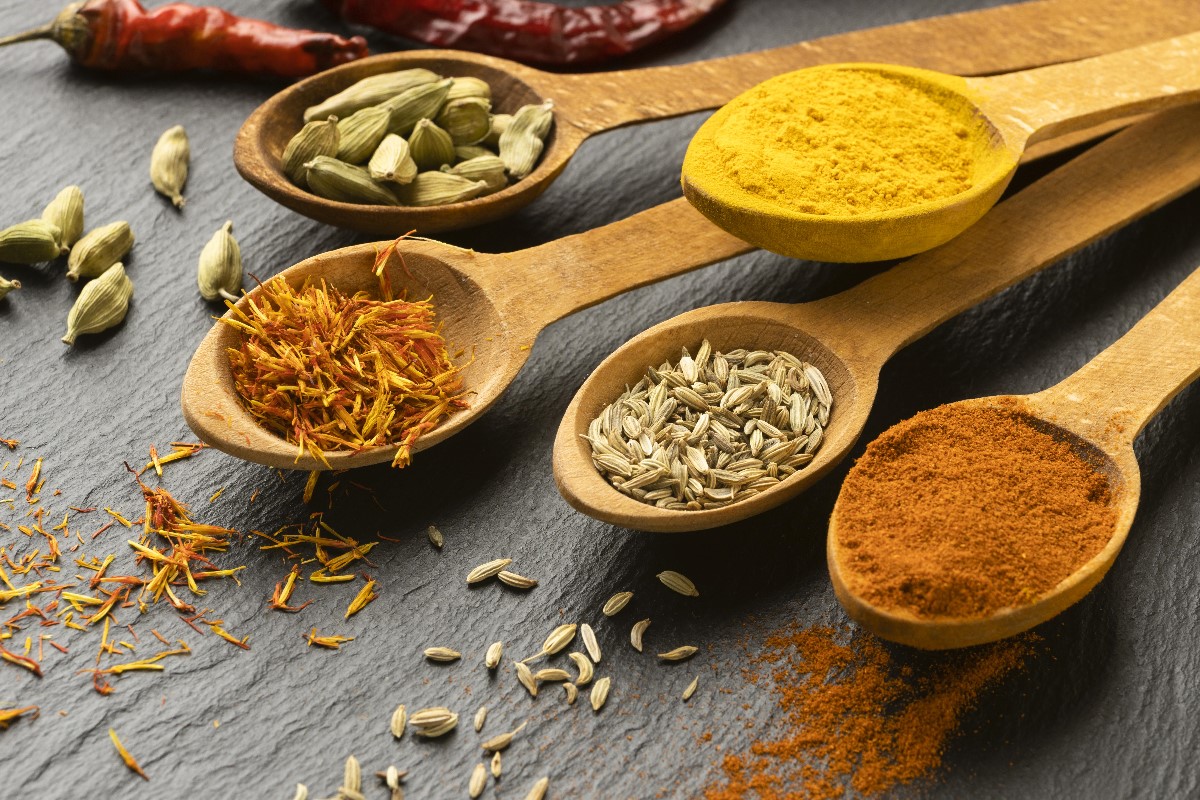
Still looking for cinnamon, nutmeg, or garlic powder among a dozen other spices in different sized containers? It’s time for a change! If you need some inspiration for organising your kitchen, try our spice storage and stacking ideas!
Put all your spices in alphabetical
order, then check to see which ones are duplicates. Remember to throw out the duplicates. Nothing is more annoying than buying an entire, expensive, giant jar of cardamom for the cinnamon rolls you make once a year. You can find plenty of spices at grocery stores, herb stores, and health food stores. Don’t make a large stockpile. If you don’t live near a good store, you can buy spices onlineThis is also a good time to check individual sp
ices for shelf life. Perform a simple test. Does the spice still look like it did when you bought it? Or has it changed color? Then smell it. Does it have a distinctive smell? If in doubt, try a little.If you can, choose the middle cabinet (about eye level) for your spices. Remember to label each container
. Write the name of the spice and the date on it. You can put the containers on a narrow shelf in the cabinet or stack them. If you choose the latter, make sure the containers are stableDo you want to keep your spices fresher for longer? Then do not expose them to sunlight. Do not place the containers near the stove either
Given the wide range on offer, choosing the right container can be a challenge. Square 150 ml models work well here. Keep frequently used spices like fennel seeds and caraway seeds in these. Also reach for smaller 50 ml containers. Keep less frequently used spices like turmeric and cardamom in these. In addition, you’ll need a large container for sample packets and items that defy categorization, such as a nutmeg grater
Metal, plastic and glass
models will also work well. Just make sure they have a tight-fitting lid. Look for reasonably priced containers. Remember that your spice collection may grow over timeThe truth is that it is difficult to distinguish between Roman and Indian cumin at first glance. To avoid confusion, label each container. Remember to stick them in a visible place. Ready-made labels can be found on Allegro
It’s a good idea to arrange individual containers alphabetically
. This is a convenient solution, especially if you are not the only person who likes to cook at home. If you live alone, you can be more flexible. Put the most frequently used spices in the front, and the occasionally used spices in the back. You can also sort the extras by purpose. For example, put all the herbs and baking powders in one basket, additives used in Indian cooking in another, and all-purpose spices in a third.You can also divide spices into three categories: hot (red bell pepper flakes, black bell pepper, ground mustard, etc.), spicy (fennel seeds, cumin, garlic powder), and used for baking (cinnamon sticks, cloves, nutmeg, ground ginger)
I understandNow that you know how to store spices and herbs
in your kitchen, we have some useful tips on how to mix them to give your dishes a unique flavor and aroma. What’s important is that you can adjust the blends perfectly to your taste. Want to prepare Italian seasoning? Then combine 2-3 tablespoons of dried herbs (oregano, thyme, basil, parsley, rosemary, marjoram, sage) with sea salt and ground black pepper. Or perhaps you prefer a Cajun spice? Mix 1-2 teaspoons each of dried oregano, paprika, cayenne pepper, ground black pepper, onion powder and garlic powder.